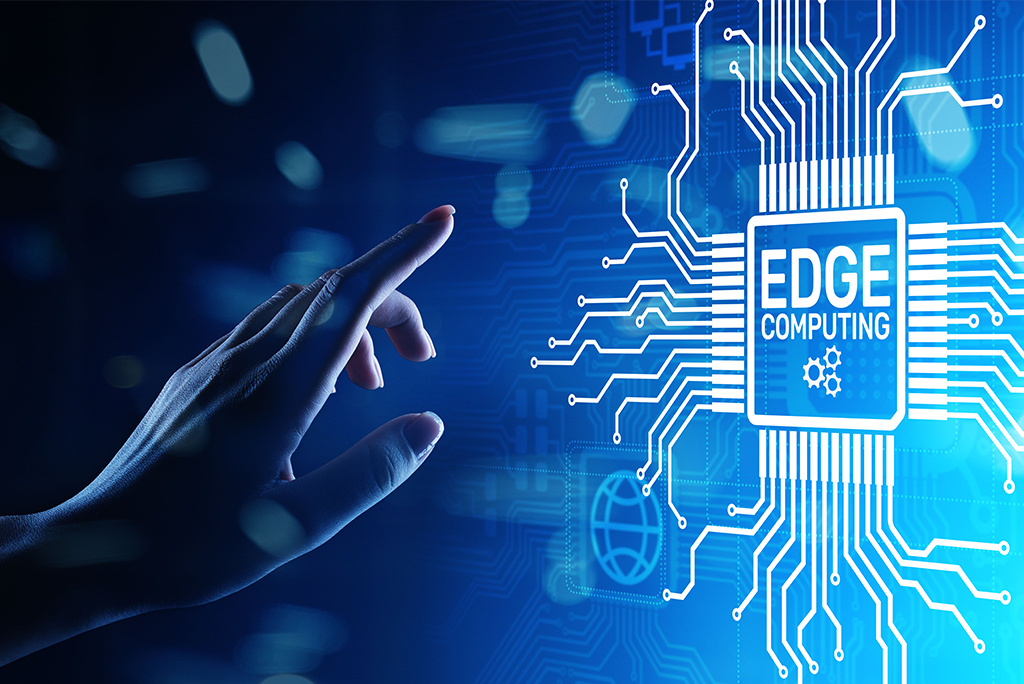In today’s technologically advanced world, data-driven decisions and breakthroughs are revolutionizing industries and the way businesses are conducted. Large amounts of data are amassed globally and it has become the most valuable asset in any organization. The insights gained from data analysis have spurred digital transformation within businesses leading to several innovations. Therefore, it can be safely said that there has never been a better time to create an impact and drive innovation in your organization by leveraging the information gained by analysing data.
Today, the blitzkrieg pace at which technology is advancing has resulted in the use of artificial intelligence (AI), machine learning, Internet of Things (IoT) to significantly optimize the field of data analytics. These emerging technologies have significantly impacted businesses by enabling them to derive deeper insights from data and make better strategic decisions that propel their growth on the path of success.
Therefore, if you envision yourself as becoming a part of the data analytics realm, then enroll in a data analytics bootcamp online to learn the advanced knowledge and skillset to charter a successful journey in this exciting field
What are the emerging technologies that are shaping the data analytics realm?

Source: theoris.com
With the advancements in technology, many organizations have deployed tech initiatives in their organization to gain deeper insights from their data. Let us look at some of the top technologies reforming the field of data analytics:
Artificial Intelligence and Machine Learning
Artificial intelligence has taken the world by storm and is revolutionizing every industry. Even though AI has been around for many years and has been a major driving force in the implementation of various data analytics tools and techniques in extracting data, it is expected to continue growing in 2024 as well. It is no surprise that businesses are leveraging the potential of AI to transform their business and improve their operational processes. Using advanced data analytical insights gained from data, businesses are growing in sophistication, creativity, and intelligence. Using AI and ML, businesses are analyzing data to gain insights that are used to improve various facets of their operations and design, to achieve superior outcomes.
The use of chatbots natural language processing capabilities, and automation of data processing has been accelerated, which has resulted in deriving accurate answers from data. AI and ML can more effectively enhance advanced data analysis capabilities by recognizing designs and identifying irregularities in large data sets thanks to machine learning. This includes text, video, and image recognition systems.
Hyper-personalization
Personalization of customer experience using data analytics is going to gain further momentum in 2024 as it helps businesses enhance their services and products as well as connect with their customers. Hyperpersonalization is a sophisticated form of marketing trend that is expected to transform the way businesses are conducted. It involves the use of data analytics, Big Data, AI, and machine learning to get exact and in-depth information about consumer profiles, behavior, and preferences from their digital activity. This helps in getting to know your customers at an up-close and individual level, which helps in customizing services for your customers. Their comprehension of customer needs is superior, which allows them to customize products and marketing tactics to the needs of the user. More companies are using this to advance their products. For instance, using the insights, businesses can send emails, SMS, and other personalized gifts to their customers.
Blockchain technology
Blockchain technology, although developed as the underlying technology for Bitcoins, has since developed into one of the advanced and widely used technologies in many industries owing to its incorrigible, transparent, and secure method of data transactions and storage. Blockchain technology is widely shaping the data analytics sector. It is a potent tool that is used for gleaning insightful information from data stored int eh blockchain networks. Experts can identify irregularities, improve transparency, stop fraud, and guarantee regulatory compliance by examining the data kept on distributed ledgers. Thus, it is used to improve data analytical processes and create more effective fraud detection systems.
Edge computing

Source: innovationatwork.ieee.org
Edge computing is a type of data analysis where automated computational analysis is performed on data at the edge, where data is collected via smart devices and IoT sensors. It enables real-time data analysis by processing data closer to the devices and sensors generating it. Thus, by analyzing data close to the source, edge computing helps reduce the hassle of transferring data over long distances, which improves efficiency and overall performance. With the help of data travel and connectivity threats identified, it has revolutionized technology with IoT-enabled smart devices. It increases data streaming and allows for latency-free, real-time data processing and streaming.
Wearable technology, autonomous vehicles, and increasingly important drones will help edge computing consolidate its position. It makes the gadgets able to react instantly. Processing large amounts of data effectively while using less bandwidth is possible with edge computing. It can assist in the software’s remote operation and lower an organization’s development costs. Edge computing will take the lead in providing this data on the network’s edge, closer to its source, and as a result, be able to analyze the most recent, up-to-date data, as real-time analysis becomes more crucial for both data analysis and Internet of Things devices. Instantaneous decision-making and information evaluation are essential for devices such as industrial automation and autonomous vehicles.
Data democratization
Data democratization is the process of making data accessible to all the employees in an organization, irrespective of the level of data literacy they may process. This means educating non-technical employees in a company to work with and comprehend data. Therefore, data democratization is not a trend that we can easily bid adieu to and is set to transform the data analytics scenario. The main advantage of data democratization is to prevent data silos and allows actionable insights that non-technical employees can interpret without having to first contact the IT department.
This may inspire the creation of fresh approaches to self-service data analytics. Furthermore, data democratization will drive digital transformation and will increase a company’s comprehension of customer intent, and enable more customized customer experiences by empowering multiple departments to analyze and leverage data sets. It will also open the door for the widespread application of practical solutions like AI analytics.
Predictive analytics

Source: aminemekkaoui.typepad.com
Using current predictive analysis, businesses can analyze current data to spot possible issues before they arise. By finding solutions to problems and anticipating a customer’s next action, any business can significantly improve performance. Organizations use it extensively to solve issues in a perceptive and methodical way. Using this tool, organizations can predict future behavior to increase profitability, reduce risk, enhance business operations, etc.
Conclusion
In this article, we have given you a comprehensive idea about the different emerging data analytics trends ranging from Artificial Intelligence to data democratization. These modern technologies are transforming the way data is being processed, handled, and analyzed. With the advancements in technology, companies need to implement the right technology to shape and evolve their existing data analytics processes to gain maximum output. This approach will help businesses implement strategic decisions based on valuable insight gained from gleaning data, which will ultimately drive business expansion and growth.



